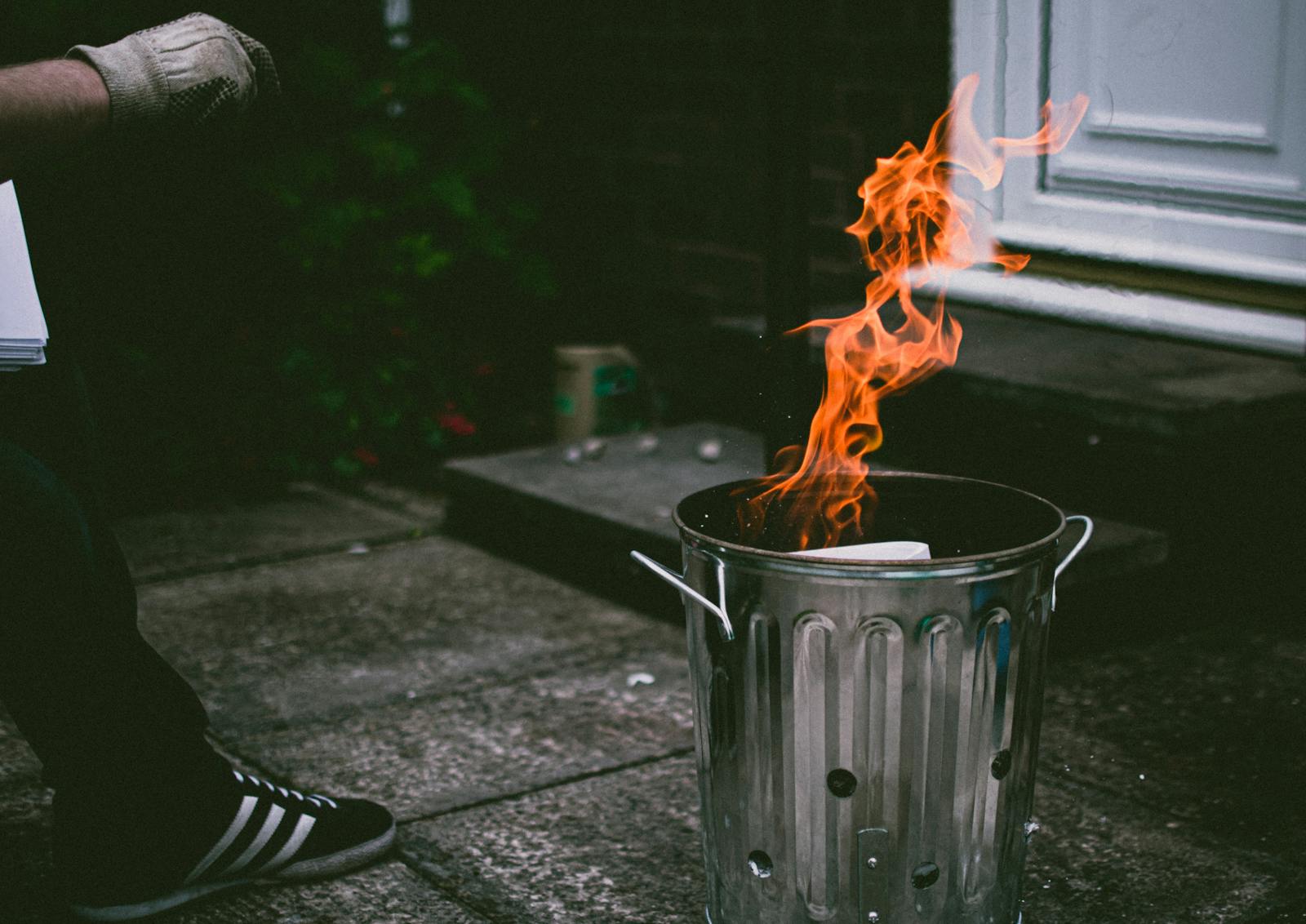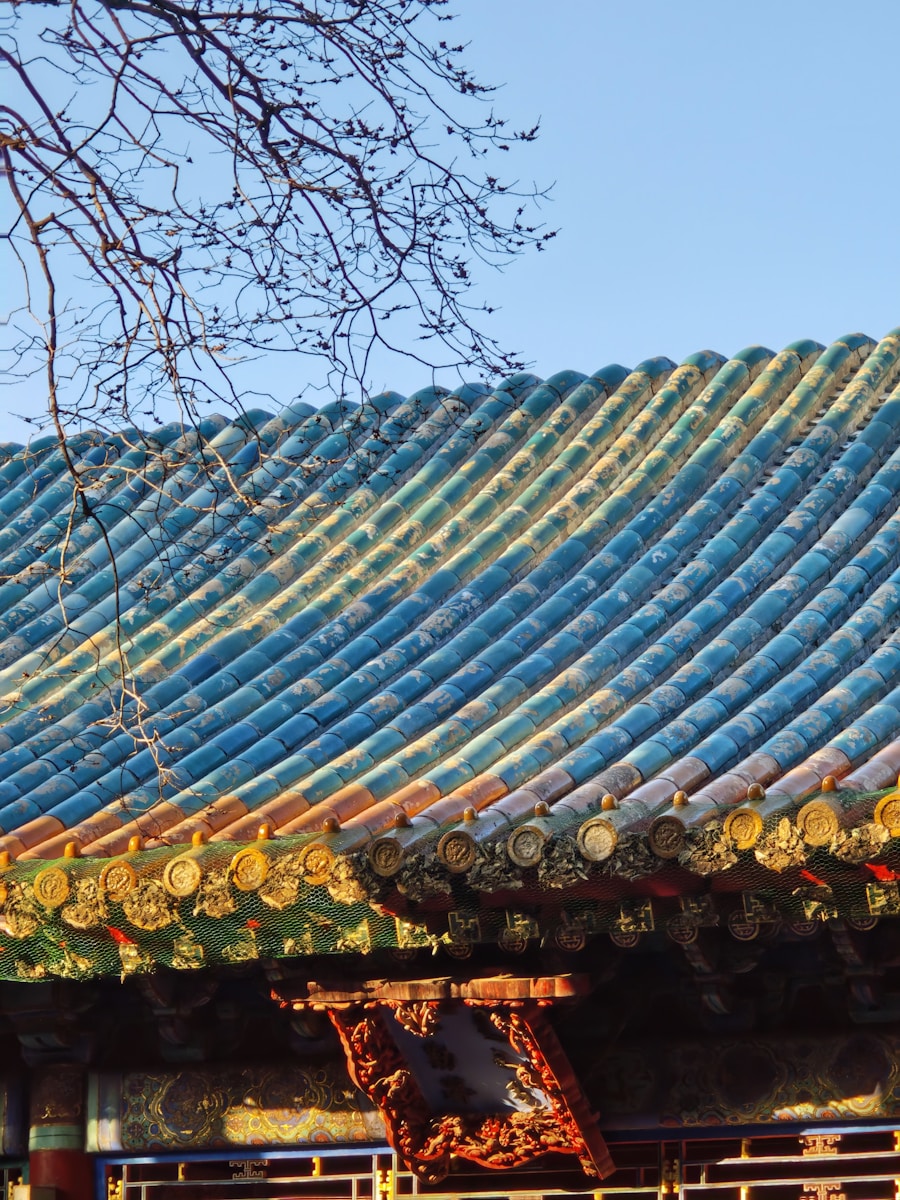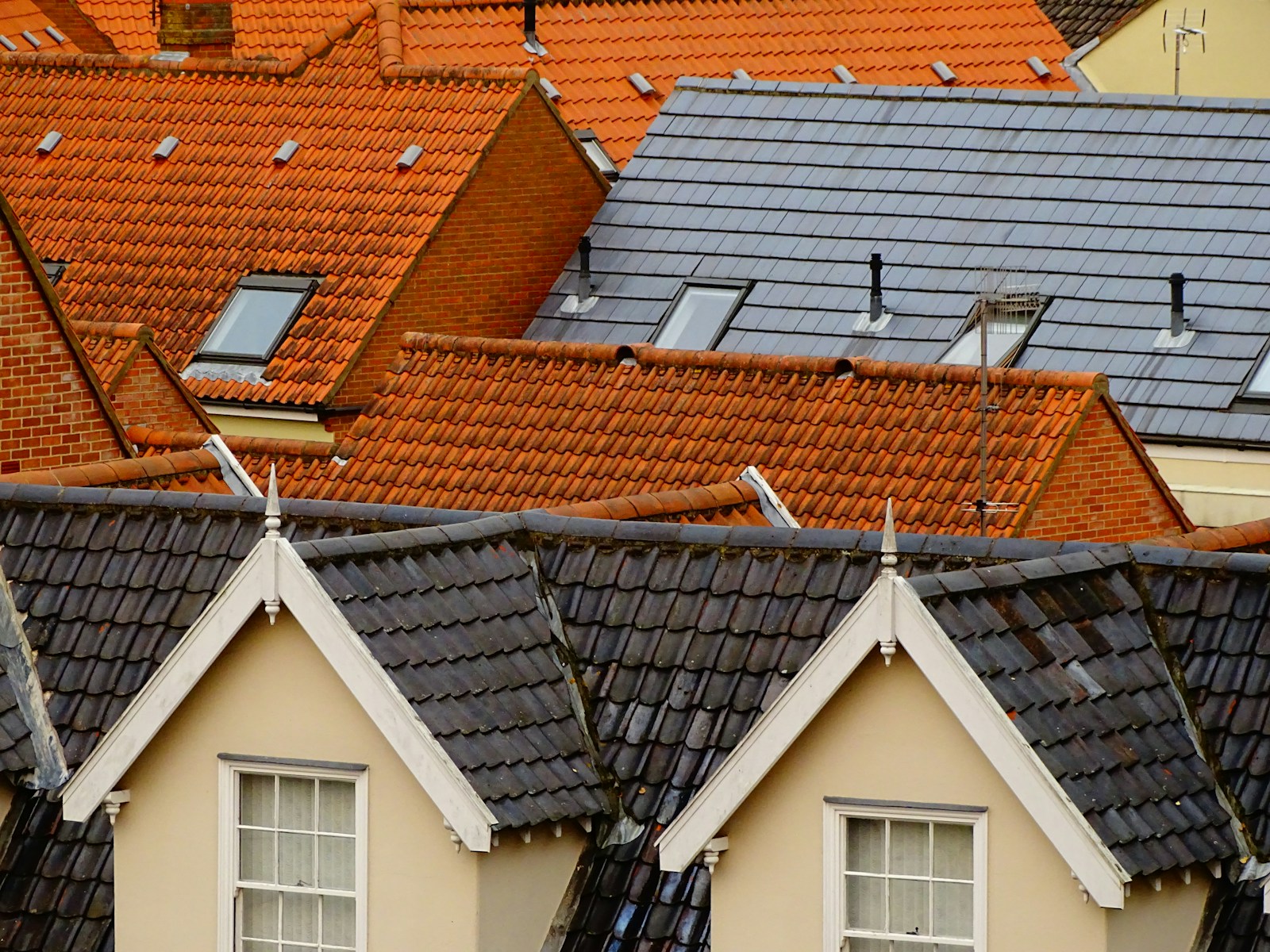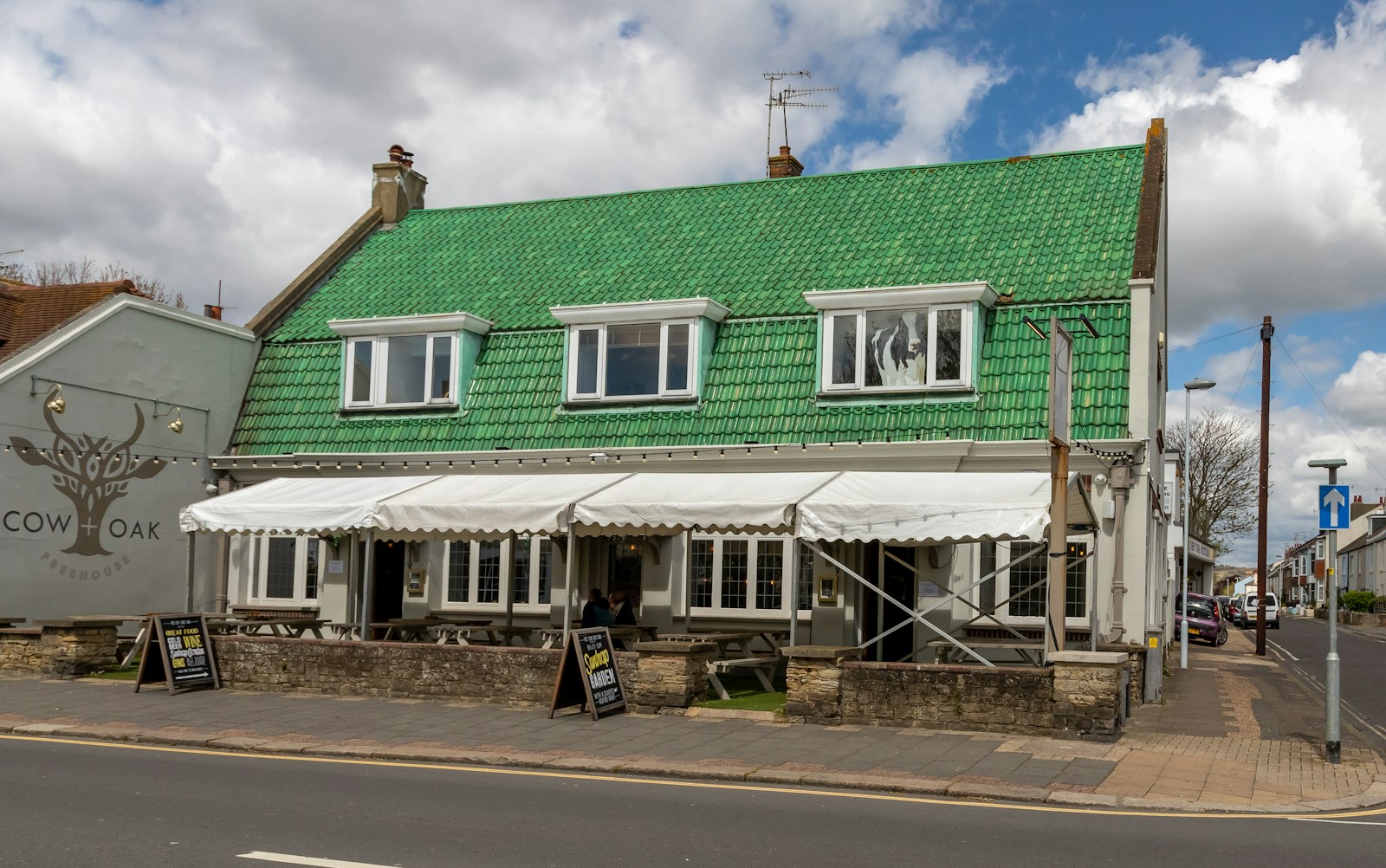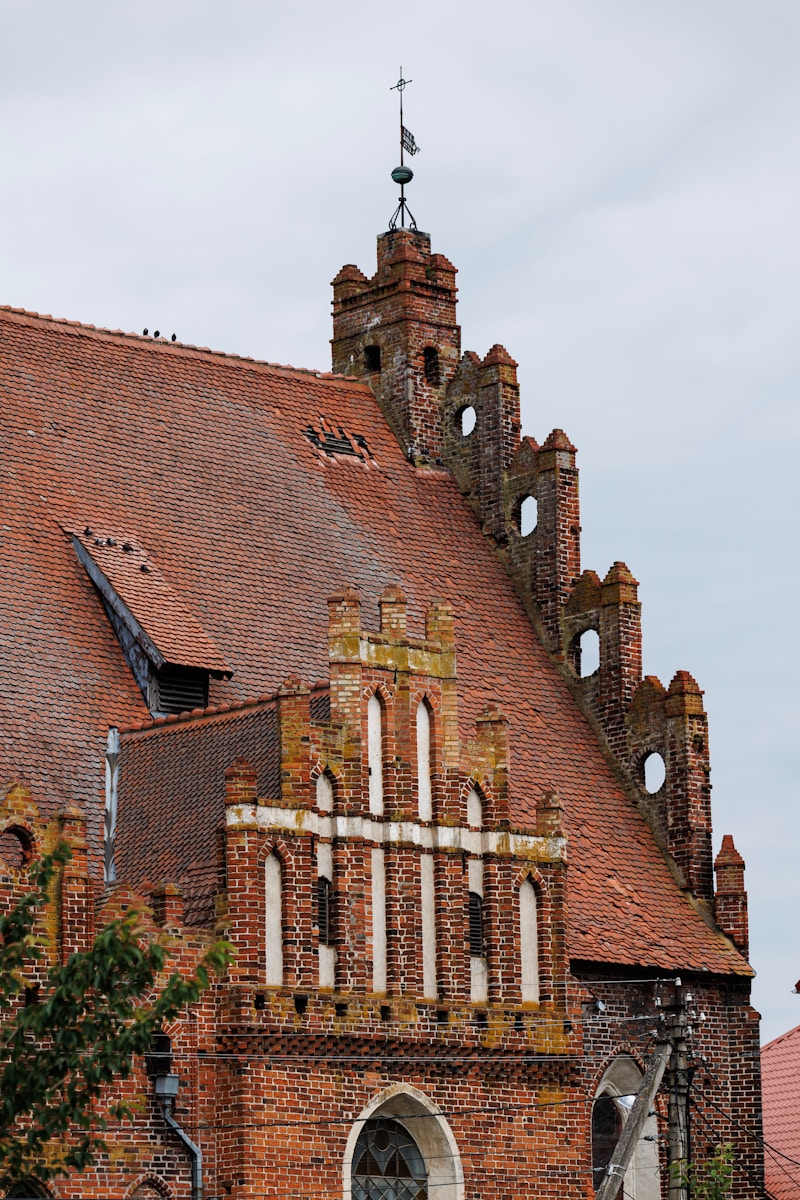Okay, so here’s a thing that doesn’t make it into the small talk at zoning board meetings: flat roofs. You ever stand on one in July? You feel like a potato being broiled from below. They’re like concrete frying pans. No shade. No reflection. Just heat. And here’s the weird bit—nobody really points the finger at them when cities start turning into slow cookers. But maybe we should.
Urban Heat Islands (UHIs)—you’ve probably heard that term if you’ve been near any mildly annoyed environmentalist or sweaty city planner. It’s what happens when cities become way hotter than the surrounding countryside. Like, you drive 20 minutes out of Phoenix and boom—you’re not dying anymore. Why? Asphalt, dark roofs, too many buildings pressed together like commuters in a Tokyo train car. And flat roofs? They’re the sleeper villain in this story.
The term “urban heat island” refers to the fact that cities tend to get much warmer than their surrounding rural landscapes, particularly during the summer. This temperature difference occurs when cities’ unshaded roads and buildings gain heat during the day and radiate that heat into the surrounding air. As a result, highly developed urban areas can experience mid-afternoon temperatures that are 15°F to 20°F warmer than surrounding, vegetated areas.
https://www.heat.gov/pages/urban-heat-islands
Why Flat Roofs Soak Up Heat Like Sponges on Fire
Let’s just say it: most flat roofs are dark. Black, tar-covered, heat-sucking monsters. Not in a dramatic way—more like in a slow, constant, quietly cooking your ceiling sort of way. They absorb heat all day long, then radiate it back at night like they’re holding a grudge.
Think of that one neighbor who never forgets anything you said five years ago. Flat roofs are like that. Sun hits them at 2 pm. They stew on it. Then at 9 pm when you should be cooling down, they’re just getting warmed up. That heat doesn’t go away. It lingers. Hangs around like a guest who refuses to take the hint and leave.
A cool roof is designed to reflect more sunlight than a conventional roof, absorbing less solar energy. This lowers the temperature of the building just as wearing light-colored clothing keeps you cool on a sunny day. Conventional roofs can reach temperatures of 150°F or more on a sunny summer afternoon, sun. Under the same conditions a reflective roof could stay more than 50°F (28 °C) cooler. This can save energy and money in buildings with air conditioning, or improve comfort and safety in buildings without air conditioning, by reducing heat flow from the roof into the occupied space. Most cool roofs have high “thermal emittance”—the ability to shed heat by giving off “thermal infrared” radiation. Nearly any type of building can benefit from a cool roof, but consider the climate and other factors before deciding to install one.
https://www.energy.gov/energysaver/cool-roofs
I remember once climbing up a maintenance ladder in Queens, summer of 2014 I think, and stepping onto this warehouse rooftop. Thought I burned the soles off my shoes. The whole roof was shimmering, like fake desert scenes in cartoons. You could probably fry an egg, or your sanity.
Multiply That Roof by a Thousand. Now What?
So, here’s where it goes sideways. A single flat roof heating up is bad, sure. But now look around—cities like Chicago, LA, Houston… they’re covered in these things. Miles and miles of them, stretching over schools, warehouses, low-rise apartments. Every single one playing its part like a little stovetop in a giant hell-kitchen.
And the heat? It doesn’t stay politely on the roof. No, it drips down into the living spaces below. It leaks into the streets. It makes air conditioners work overtime, which then—ironically—pumps more heat into the outdoor air. It’s like trying to cool your house by leaving the fridge open. Everything just… spirals.
An urban heat island is a phenomenon that is best described when a city experiences much warmer temperatures than in nearby rural areas. The sun’s heat and light reach the city and the country in the same way. The difference in temperature between urban and less-developed rural areas has to do with how well the surfaces in each environment absorb and hold heat.
https://mynasadata.larc.nasa.gov/basic-page/urban-heat-islands
Here’s something funny (not funny ha-ha, but funny “wow we’re screwed”): the EPA once reported that urban areas can be up to 7°F hotter than nearby rural areas. That number’s not from some edgy blog—it’s real. And the kicker? Flat roofs are one of the biggest contributors. But nobody gives them the headline.
But Sloped Roofs Exist Too, Right?
Sure, but flat roofs are cheap. That’s the deal. Developers love ‘em. Easier to build, no complex framing, stack some HVAC units up there, call it a day. And hey, they work fine—for a while. But in terms of climate? They’re like putting a thin wool sweater on the planet and then setting it in front of a heat lamp.
And yeah, sloped roofs have their own issues. But they often use shingles or tiles that reflect a bit more light. Or they get painted lighter. Or they shed rain better, which helps with cooling. Flat roofs just sit there. Wide. Silent. Cooking.
Also, think about maintenance. Water pools up. Cracks happen. Heat breaks down the material faster. Then it’s not just a hot roof—it’s a leaky, hot roof. Like your building got sunstroke and decided to cry about it.
You Could Paint Them White, But…
Ah yes. The cool roof solution. Sounds simple, right? Just slap on some white coating, reflect the sun away, save the planet. Great. Except the coating wears off. Gets dirty. Turns greyish and then you’re back to absorbing again. I mean, unless you plan to repaint your roof every two years like you’re hosting some rooftop art show, that solution fades fast.
Plus, white doesn’t always work in colder climates. Some cities need the extra winter warmth from dark roofs. But most urban heat island effects are at their worst in summer. So… tradeoffs, always tradeoffs.
There was a pilot program in New York, I remember reading it back in like 2011 or something. Volunteers painted a few hundred rooftops white. Initial reports looked promising. Then… crickets. Nobody followed up. Maybe because it got boring. Or maybe because nobody funds maintenance. You know how these things go.
Green Roofs? Okay, Maybe—But Also…
Green roofs—now those sound nice, right? Little gardens on your roof, bees buzzing, tomatoes ripening. Cute. And effective. They reduce heat. Insulate buildings. Provide stormwater retention. In theory, they’re great.
But the problem is, installing them is like asking a feral alley cat to become a house pet. They need care. They need structural support. Not every building can even handle the added weight. And in places like Dallas or Vegas? That roof-top garden needs a water source. Which is ironic, because cities with UHIs usually don’t have spare water lying around.
Green roofs — also known as ‘vegetated roofs’ or ‘living roofs’ — are ballasted roofs consisting of a waterproofing membrane, growing medium (soil) and vegetation (plants) overlying a traditional roof. Well-designed, engineered and maintained green roofs provide multiple environmental, social, economic and aesthetic benefits. GSA, which currently maintains nearly 2 million square feet of green roofs, has a long history of constructing and maintaining successful green roofs, dating back to the 1930’s.
https://www.gsa.gov/governmentwide-initiatives/federal-highperformance-buildings/resource-library/integrative-strategies/green-roofs
And also, not to sound jaded, but a lot of building owners… they don’t want to grow lettuce upstairs. They want rent money. And insurance that won’t skyrocket. Green roofs sound great at TED talks. Not so much during budget meetings.
The Elephant on the Roof
So what now? Regulation? Maybe. Incentives? Possibly. But here’s the rub: cities are addicted to cheap builds. And flat roofs? They’re cheap. Retrofitting thousands of buildings is expensive. Unpopular. And invisible. You don’t see the results. You feel them, sure, like when your AC bill doubles in July. But nobody walks around admiring a slightly less hot roof.
This might be one of those quiet disasters. You know, the kind that creeps up without alarms. Cities keep heating. People keep sweating. And flat roofs keep sitting there, taking the sun and giving back a little heat revenge each night.
Honestly, if cities don’t start rethinking roofing codes, or at least incentivize better materials, we’ll keep patching symptoms while ignoring the slow-boil pot we’re all sitting in.
Final Thought, or Just a Pause?
Maybe this all sounds too ranty. Or half-baked. But the point is, flat roofs aren’t neutral. They’re active participants in the climate drama. Just quiet ones. And like any background character that goes unnoticed too long… eventually, they change the story.
So next time you’re in a city, glance up. Not for birds. Not for billboards. Just… the roofs. They’re up there, simmering. Waiting.

